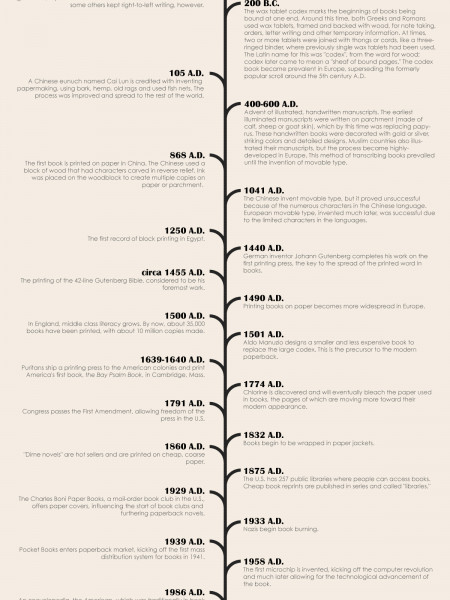
Understanding Ardi
ARDIPITHECUS RAMIDUS | WHAT SCIENTISTS LEARNED The discovery of a set of fossilized bones in 1994 set off 15 years of research into a new species some 4.4 million years old. The work on “Ardi" culminated on Oct. 2 with a series of papers published in the journal Science. What the research team has uncovered: SKULL Ardi's teeth are more like ours than like a modern ape's. Like us, she had smal| canine teeth, as did males of her species. (The recovered skull was compacted.) Fossil found AFRICA ETHIOPIA ATLANTIC OCEAN 750 N MILES Skeletal fossils recovered by researchers. PELVIS Ardi could walk upright and also climb trees. The hipbone includes structures unique to hominids like us, but not found in modern apes. HANDS Ardi was a careful climber. Her wrists were flexible like ours, not stiff like those of chimpanzees and gorillas, which often support their heavy upper bodies on their knuckles. Ardi could easily cling to trees with her hands, but lacked the powerful upper torso and stiff wrists needed to swing from branch to branch as easily as modern apes. FEET Ardi had a relatively stiff outer foot, more like ours than an ape's. She also had a large toe that's useful for gripping branches. This suggests a transition be- tween tree climbing and upright walking. 4 feet Sources: Science, skeletal structure redrawn from sketch by J.H. Matternes
Understanding Ardi
Source
Unknown. Add a sourceCategory
ScienceGet a Quote







